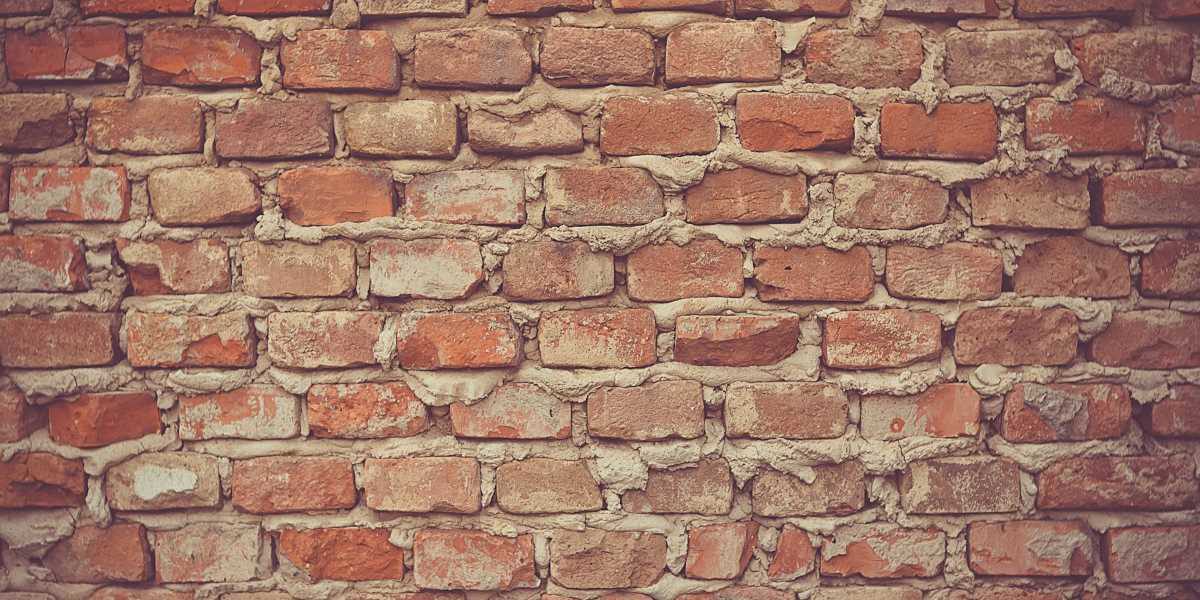Inadequate storage conditions can undo all your hard work quickly through environmental, building and security issues. Given all the effort that you have put in to getting your archival collection in order ensuring that your archives are protected is imperative.
Some of the greatest risks to your archives will come from pests, temperature, humidity, fire, water, light and people. In this article we will cover the core environmental issues of concern and what you can do to limit any effects.
Enclosures
Boxing or placing your archives in chemical free envelopes adds protection from the elements that might work towards harming them. You may choose to make boxes yourself to suit oddly shaped archives or purchase boxes. In either case select boxes that are made of archive quality materials or as close to as possible. Archive quality boxes are produced with minimal to nil chemicals that may leech out into the archives themselves. Often cost will be a factor. In this case many organisations use boxes created for records storage in businesses.
Minimise insects and vermin
The archival storage area should be free of objects that will attract pests and vermin. So, no food or water in the archival storage area. Minimising those that can enter the area will keep it clean, tidy and minimise dirt and dust produced. Keep your processing area separate from your archival storage area so no pests are introduced to the archives. This gives you time to check any incoming potential archives for pests, vermin signs or mould and deal with it well before they enter the archival storage area.
Maintain near constant temperature and humidity
The archival storage area should be of a near constant temperature and humidity with some air exchange or movement. Humid environments are home to a number of pests and moulds so we need to remove the conditions they thrive in. In addition the chemicals and materials used in paper also react to moisture and temperatures as well resulting in expansion, contraction and leeching. Picking the ideal condition can be difficult if you have a mixture of formats in your archive e.g. paper, metal, textiles, wood. In the archive I work in we hold mainly paper so attempt to achieve a constant temperature of around 20 degrees celsius and around 50% relative humidity. This is achieved with air conditioning units that run 24 hours a day 7 days a week. In reality, I have found temperature is the easier to maintain whereas humidity is a constant issue even with good building insulation and limited windows. Air exchange should be filtered to minimise dust and pollens entering the archival storage area. We have the added issue of active volcanoes and pine plantations so the air conditioning filtering system is regularly cleaned.
Keeping windows and doors closed, keeping lights off where possible and avoid lots of people working in the archival storage area will also help to minimise temperature and humidity issues.
Minimise fire risks
Minimise the build up of fuel sources such as packaging, paints, flammable fluids or items. For the most part chemicals should not be used around archives anyway but if your archival storage area is sharing a space or connecting wall with other buildings these this should be considered in your planning. Keeping plant materials on the outside of the building away from walls etc might also be a consideration to minimise fire fuel. I also ensure that any electrical outlets and equipment used in the archival storage area are annually tested and regularly inspected for condition.
Minimise water damage
Water can be devastating to your archives. Have a think about where the water pipes are. Do they run through the archival storage area? Is the area prone to flooding? Are you using a sprinkler system? There is a good reason why archives should be stored off the ground! In the case of the sprinkler system it could be said that it is better to have waterlogged archives than burnt ones. This is where the first point, enclosures, is quite useful. In case of a water issue the use of boxes provides an added layer of protection.
Minimise light damage
If you have had a frame on your wall for years, taken it down and noticed the faded wallpaper then you have seen the effect of UV light. You may not see the effect on your archives as it is a slow process that is occurring. Minimise this by ensuring that the archival storage area has either limited or no windows, light limiting film applied to the windows or black out shades. Your internal lighting should therefore also be UV limited and also limited on heat emission.
Experience has shown me that regular inspections of the archival storage area, monitoring of the temperature/humidity, keeping a clean, food free environment all work towards minimising environmental concerns. Know you archive and taking note of changes means you can get on top of any issues early.
Now you have the environment in hand let’s next have a look at our building, personal and archival security.
Recognition: Brickwall by Martin Wessley, Creative Commons Zero licence, published with thanks from www.arcavee.com
Share this Post

